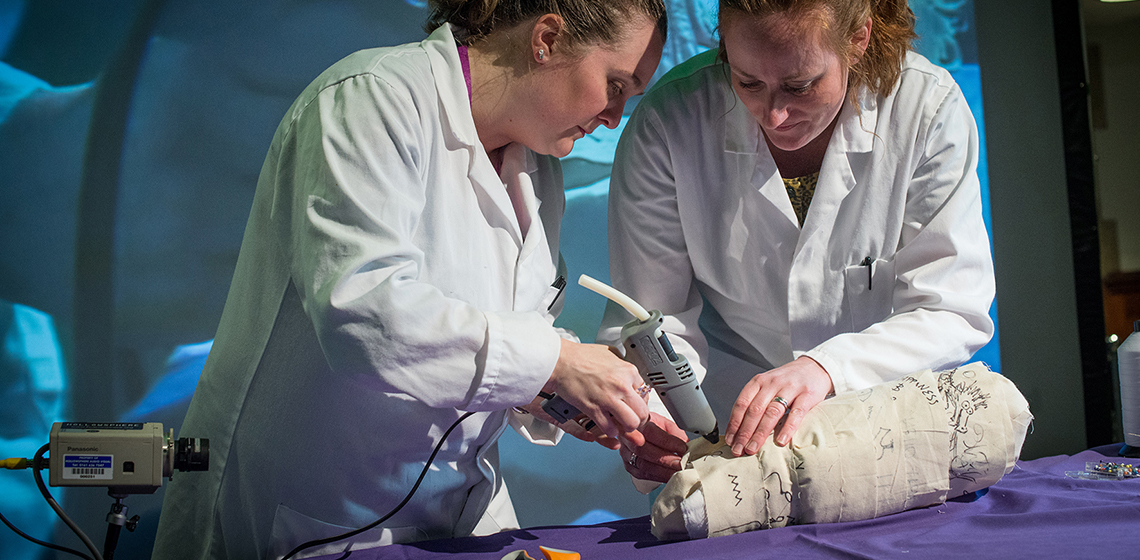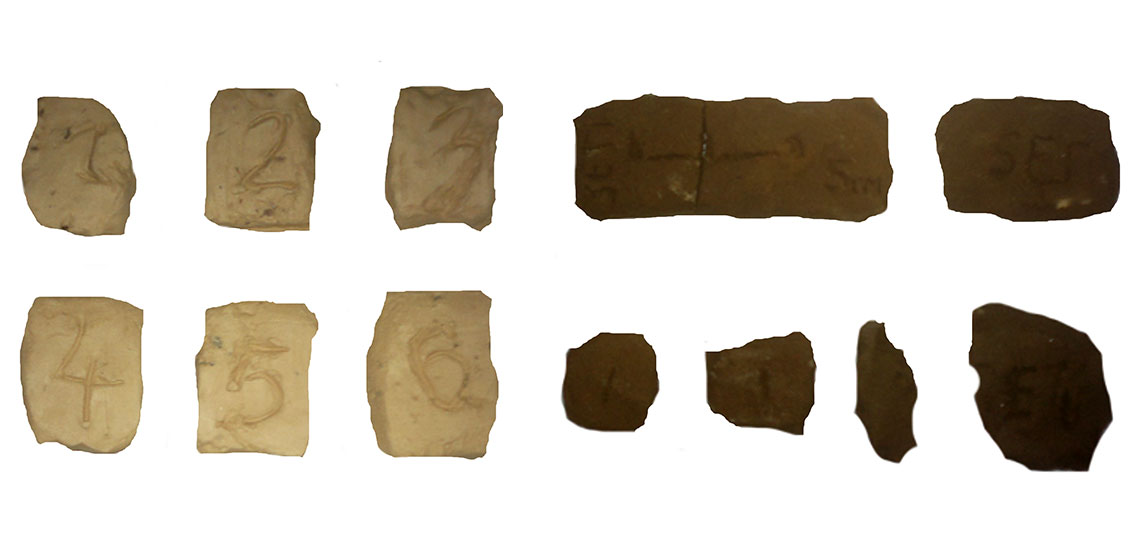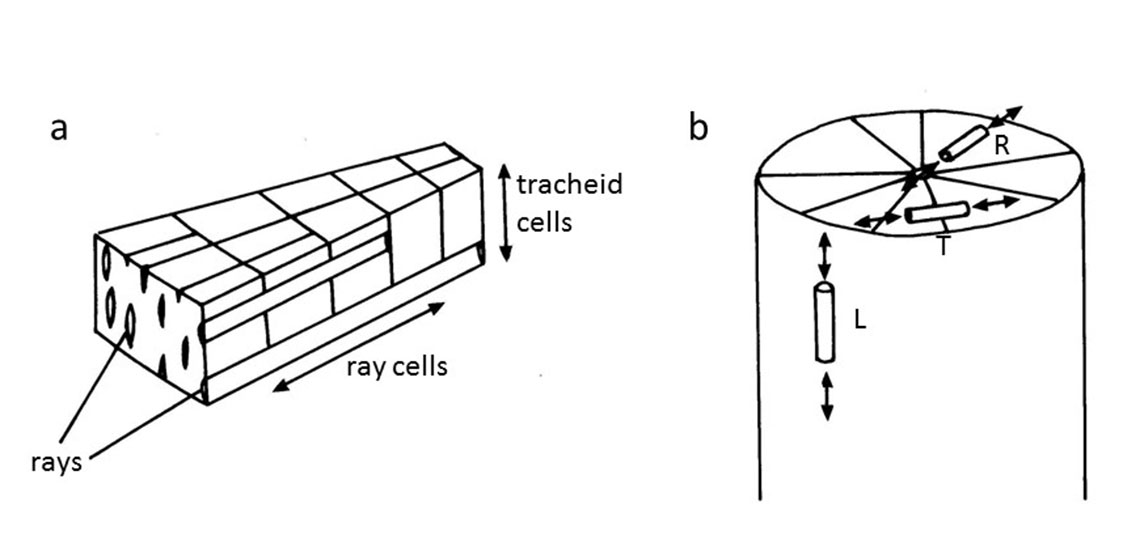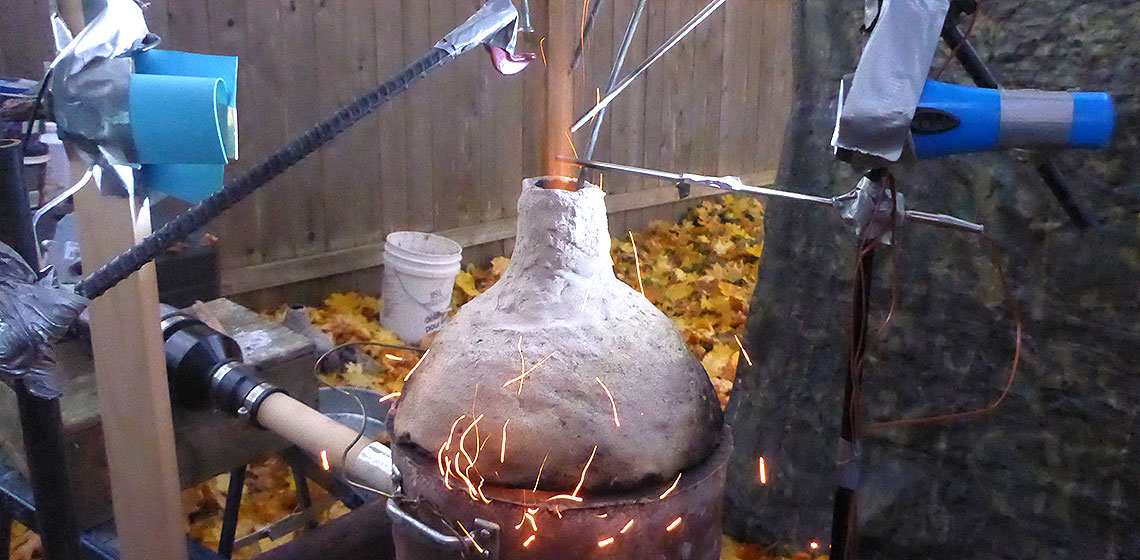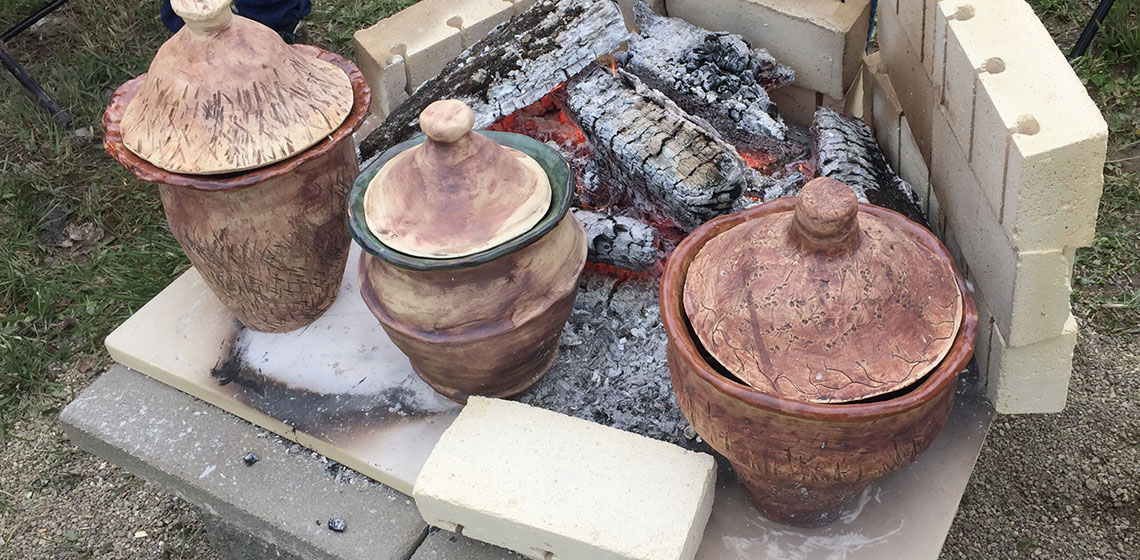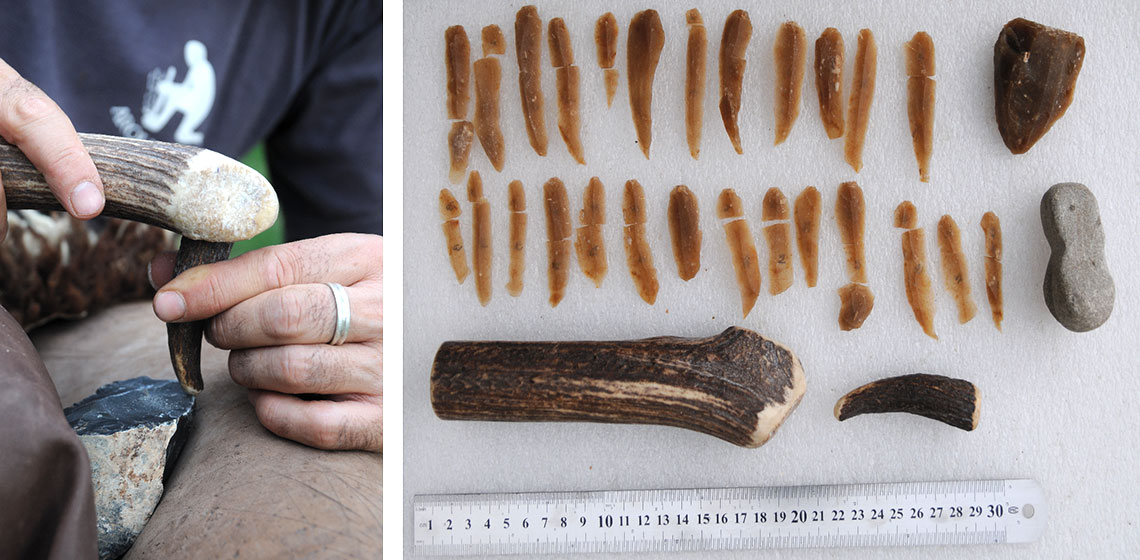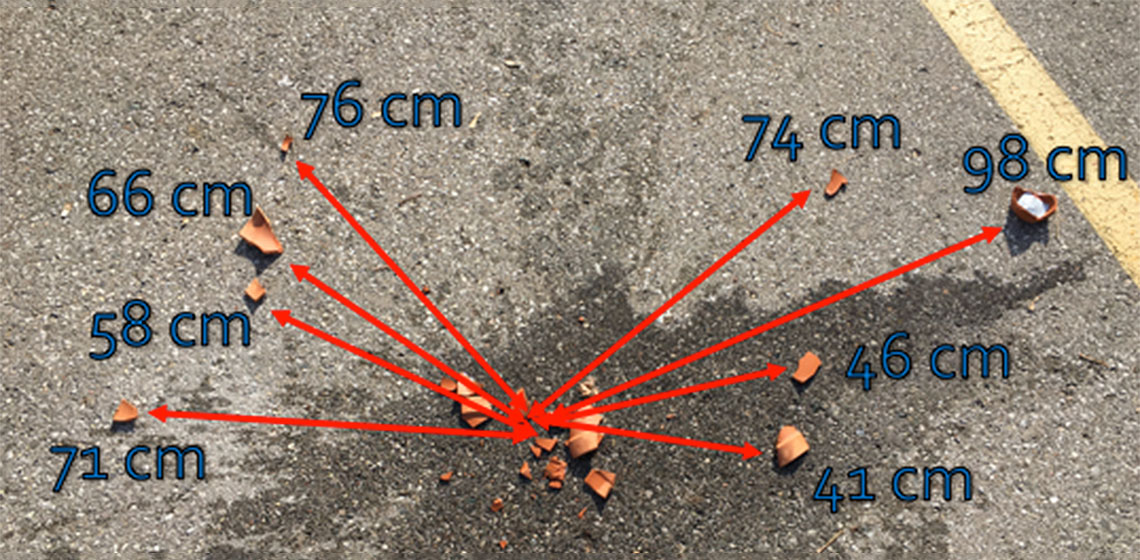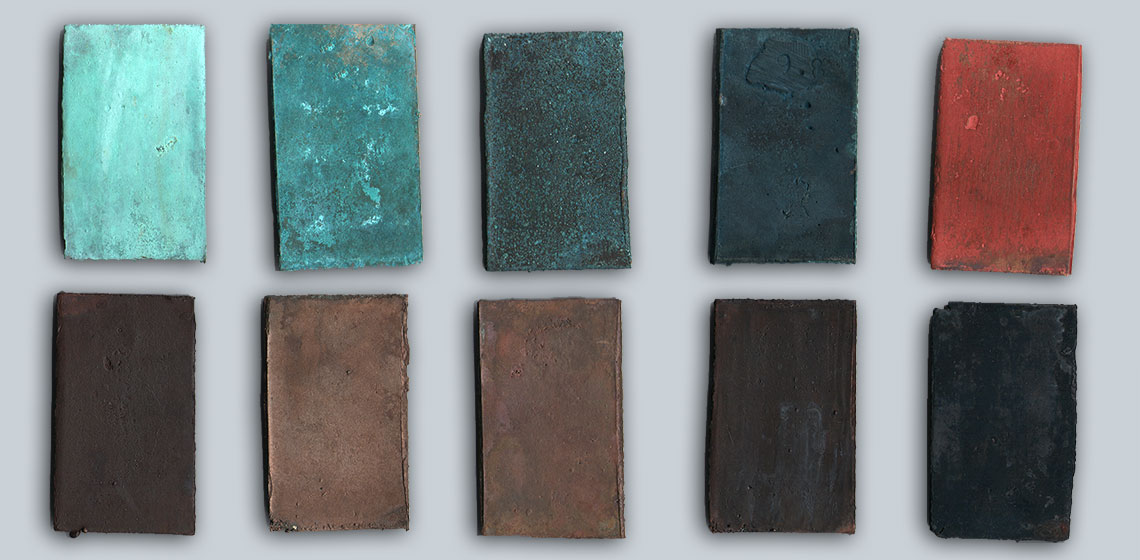‘Re-rolling’ a Mummy: an Experimental Spectacle at Manchester Museum
Introduction
The unwrapping and dissection of mummified bodies was a common practice in 19th century Europe. These autopsies were conducted as part of scientific endeavours and social spectacles, motivated by a desire to advance the fields of science, medicine and archaeology, coupled with a sense of macabre fascination (Moshenska, 2014). The scientific capability required to study mummified remains non-invasively had yet to be developed, leading to the destruction of many hundreds of specimens.

